If you want to master a drawing technique which is sure to create impressive works of art, it’s high time to explore stippling.
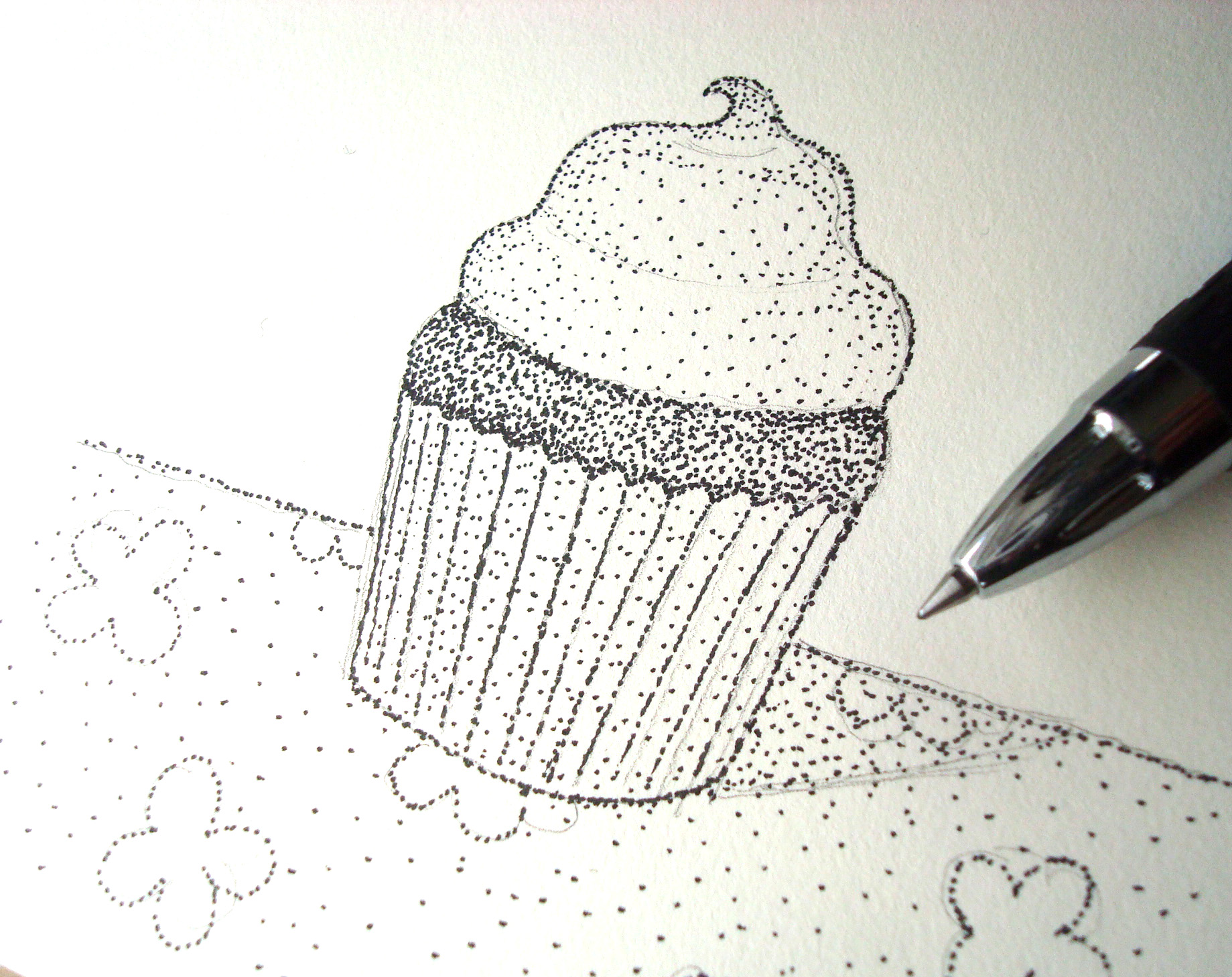
Photos via CakeSpy unless otherwise noted
Not familiar with stippling? Basically, stippling means that instead of drawing hard lines, you’ll form lines from an assemblage of tiny dots or dashes. While abstract up close, when viewed from a distance, images created with stippling have a soft, gently textured appearance that appears almost impossibly intricate and highly impressive.
Stippling typically refers to pen and ink or pencil, where a single tone or color is used to create art. It is a close relative to pointillism, which is the same technique but employing multiple colors, such in Seurat’s famous La Grande Jatte.
Here, we’ll explore some of the different ways you can create stippling drawings.
Getting started with stippling
How do you start a work of stippled art? The same way you would any drawing — with a pencil sketch.
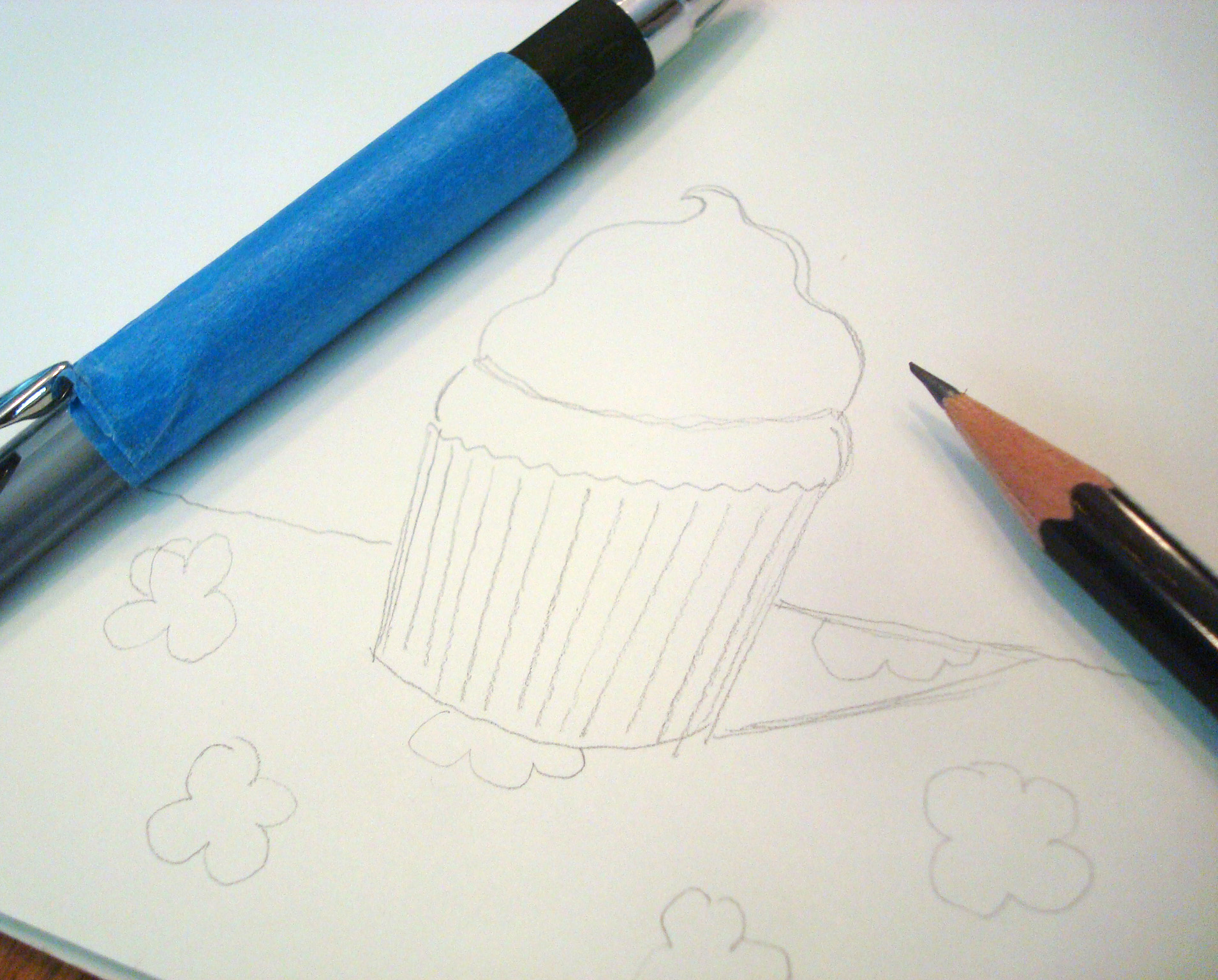
Author’s note: Personally, I find that a sketch is even more important with stippled works of art than if you were to simply ink in the outlines, because you’re working on small areas at a time, and without a guide, it can be easy for the shapes to get warped.
Once you have a sketch, instead of drawing hard lines, you’ll begin to create tiny dots or dashes.
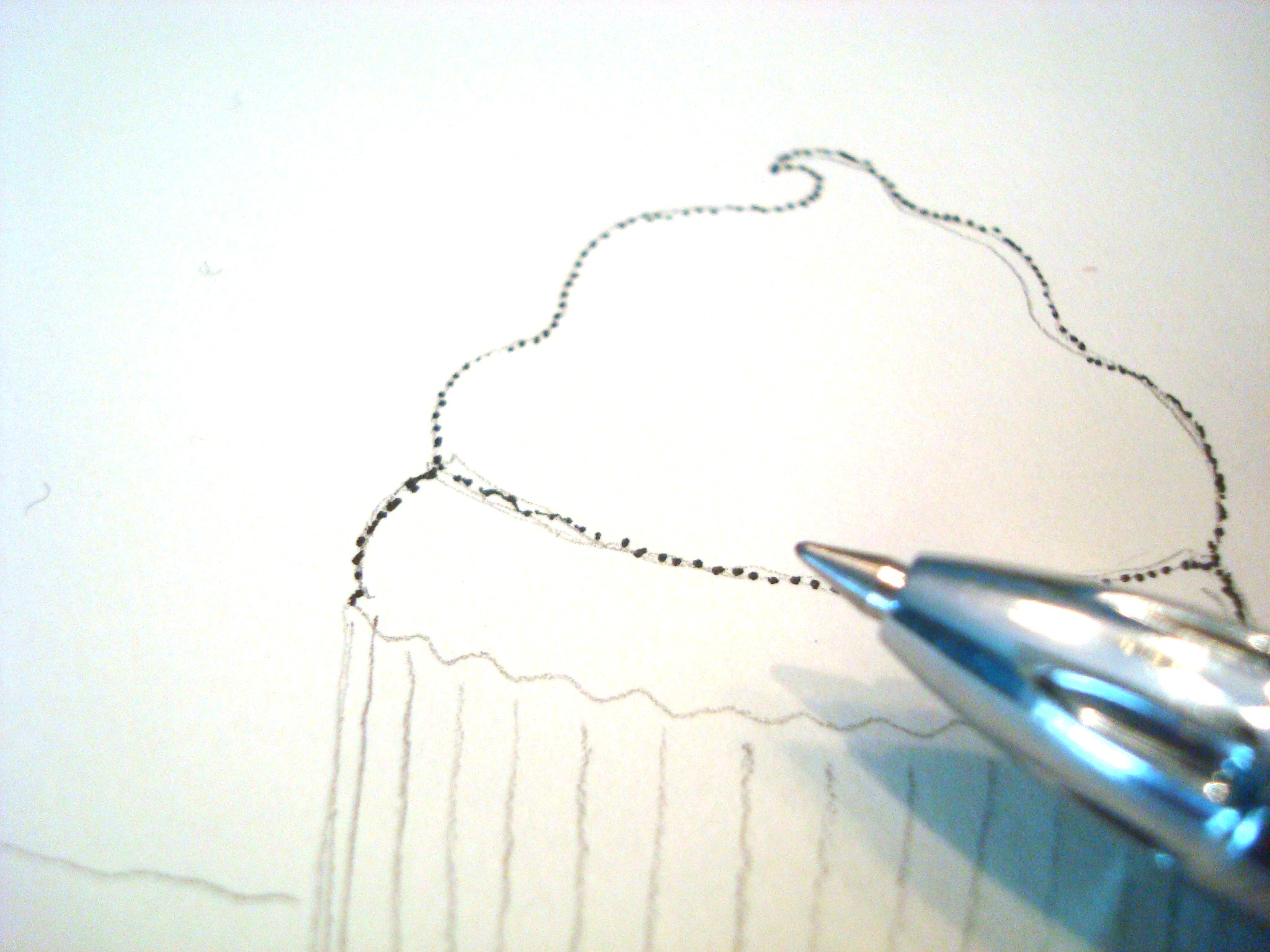
This can form the “outline” of the basic shapes in your image, and then you can begin to add more dots to add tone and shading.
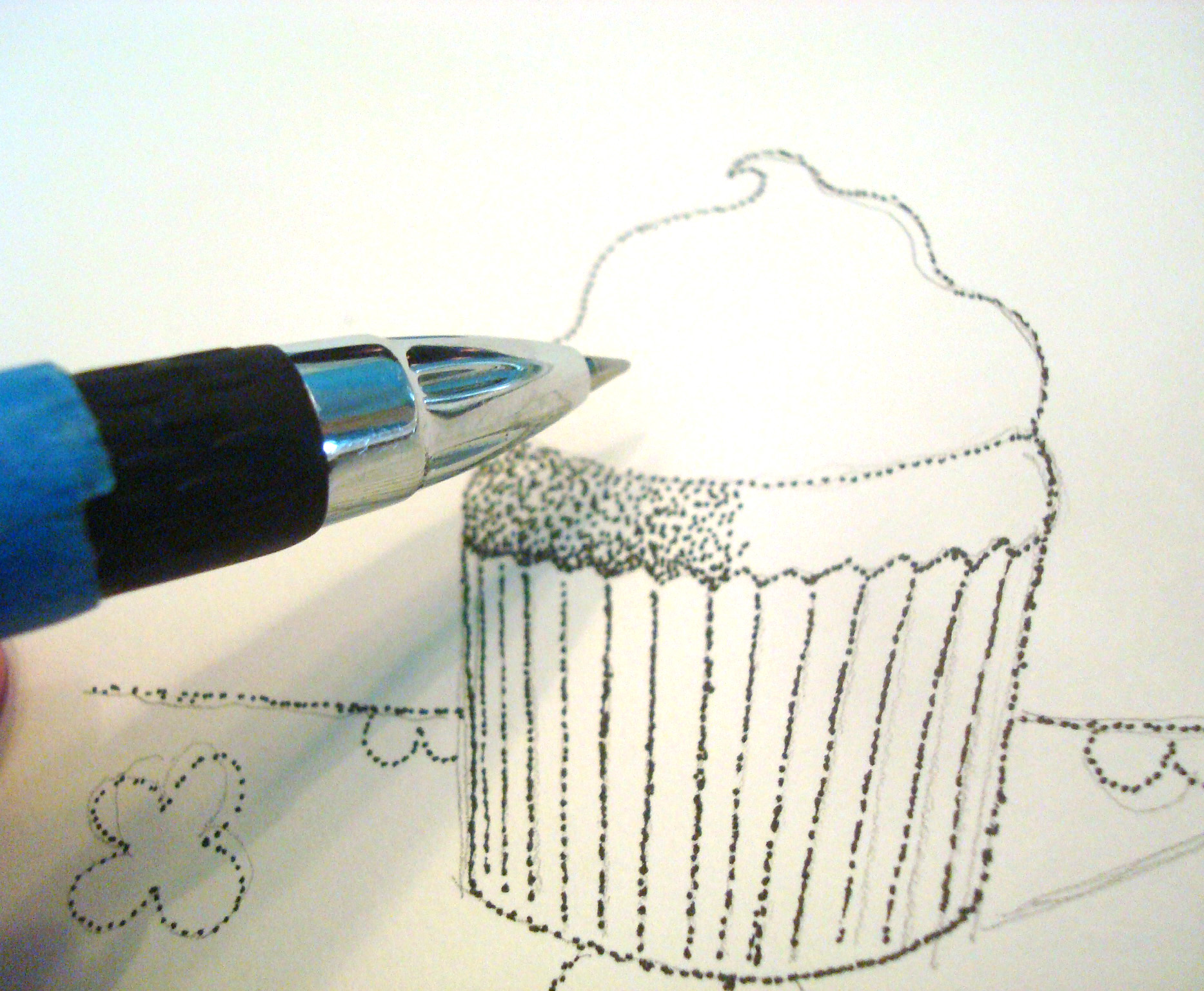
The closer together and more concentrated the dots, the darker the area. So, for instance, to show a chocolate cupcake on the image above, you’d create an area densely populated with dots to form a noticeably darker tone.
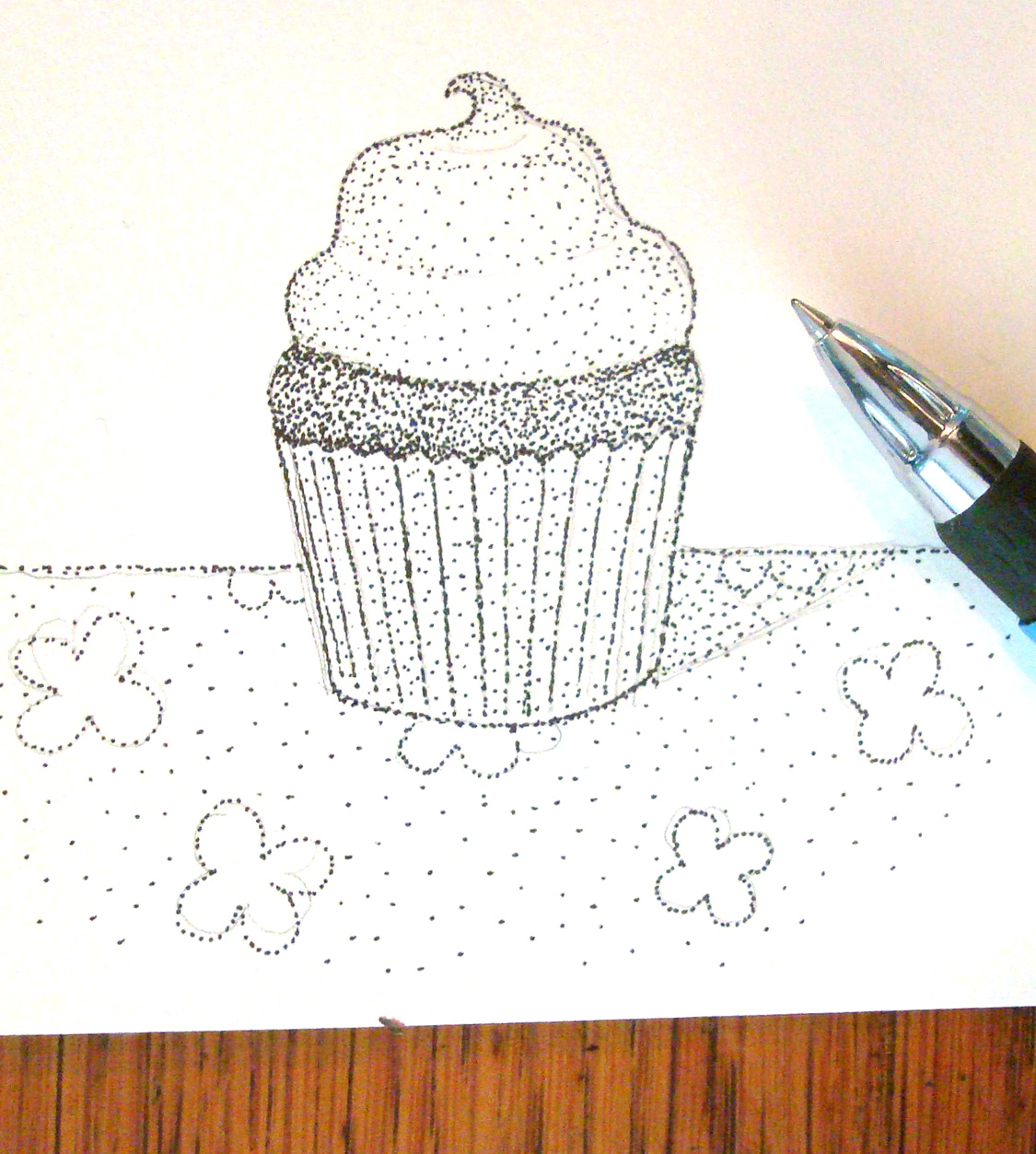
Once you’ve added the primary zones of contrast, you can delicately refine your work by adding greater concentrations of dots in areas to create gentle shadows and defined areas of dimension.
While stippling requires time and patience, it is not difficult to master, and yields impressively intricate works of art. Now that you’ve mastered the basic technique, let’s explore some of the places you can go with stippling.
Examples of stippling in artwork
Stippling can be used for a variety of artwork styles and subject matter. Here are some examples of successful drawings using stippling.
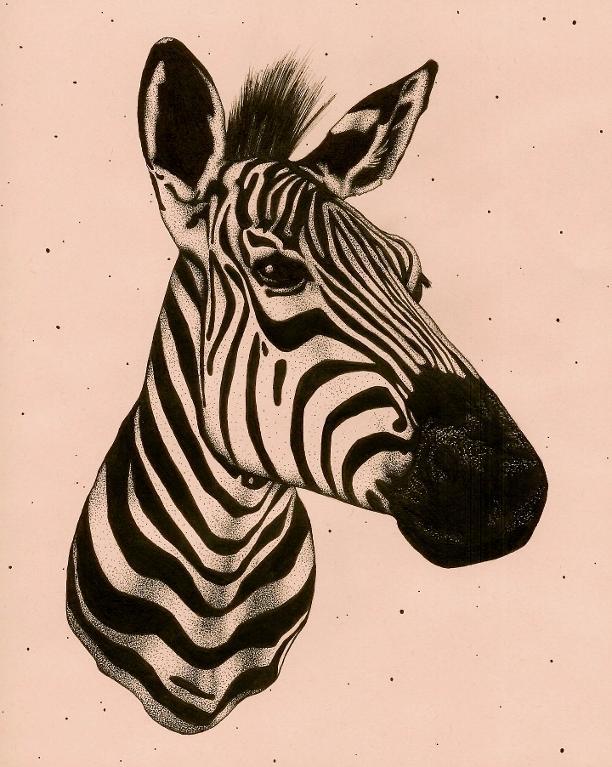
Stippled zebra via Craftsy member Nicole DeBarberie
The soft texture of the zebra in this drawing is thanks to stippling, with thousands of tiny dots come together to form an impressively beautiful piece. If you look closely you can even see that the black stripes, seemingly solid lines, even feature stippling for a soft finish, making the spaces between stripes a more gentle gradient as opposed to stark contrast.

“For Freedom” via Craftsy member Felicia Rall
Stippling works well with other pen strokes, as proven by this intricate piece of pen and ink art. Hatching, cross hatching and outlines are all featured in addition to stippling, creating a fascinating, varied finished piece. Stippling is used with exquisite restraint along the perimeter of the image, which adds softness to the edges which is not as stark as unmarked paper, but not so busy that it distracts from the rest of the art.
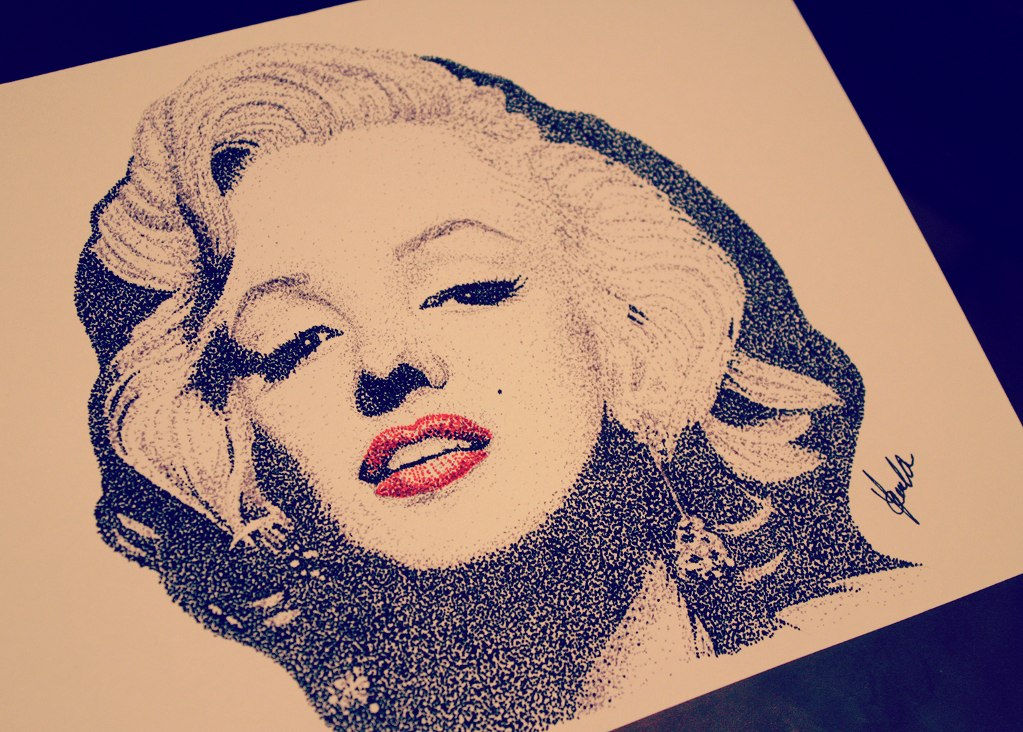
Marilyn Monroe via Craftsy member Jenni La
Colored pens add an interesting dimension to this portrait of Marilyn Monroe, which is composed of stippled marks on the paper. Adding a small area of stippled red ink brings additional attention to the starlet’s lips, but the softness of the marks keeps it from being too harsh. This is a fantastic example of incorporating an accent color with pen and ink stippling.

Dog portrait via Craftsy member nicsearth1756198
Precise stippling can even give the impression of lines in your work. On the above piece, each strand of fur on this dog’s face is composed of a long line of dots, with different concentrations to result in different densities and shadows throughout the piece. What looks like a series of dots close up has a stunning outcome when you take a step back, with clearly defined individual strands.

Share tips, start a discussion or ask one of our experts or other students a question.
No Responses to “Seeing Spots: Introduction to Stippling Drawings”